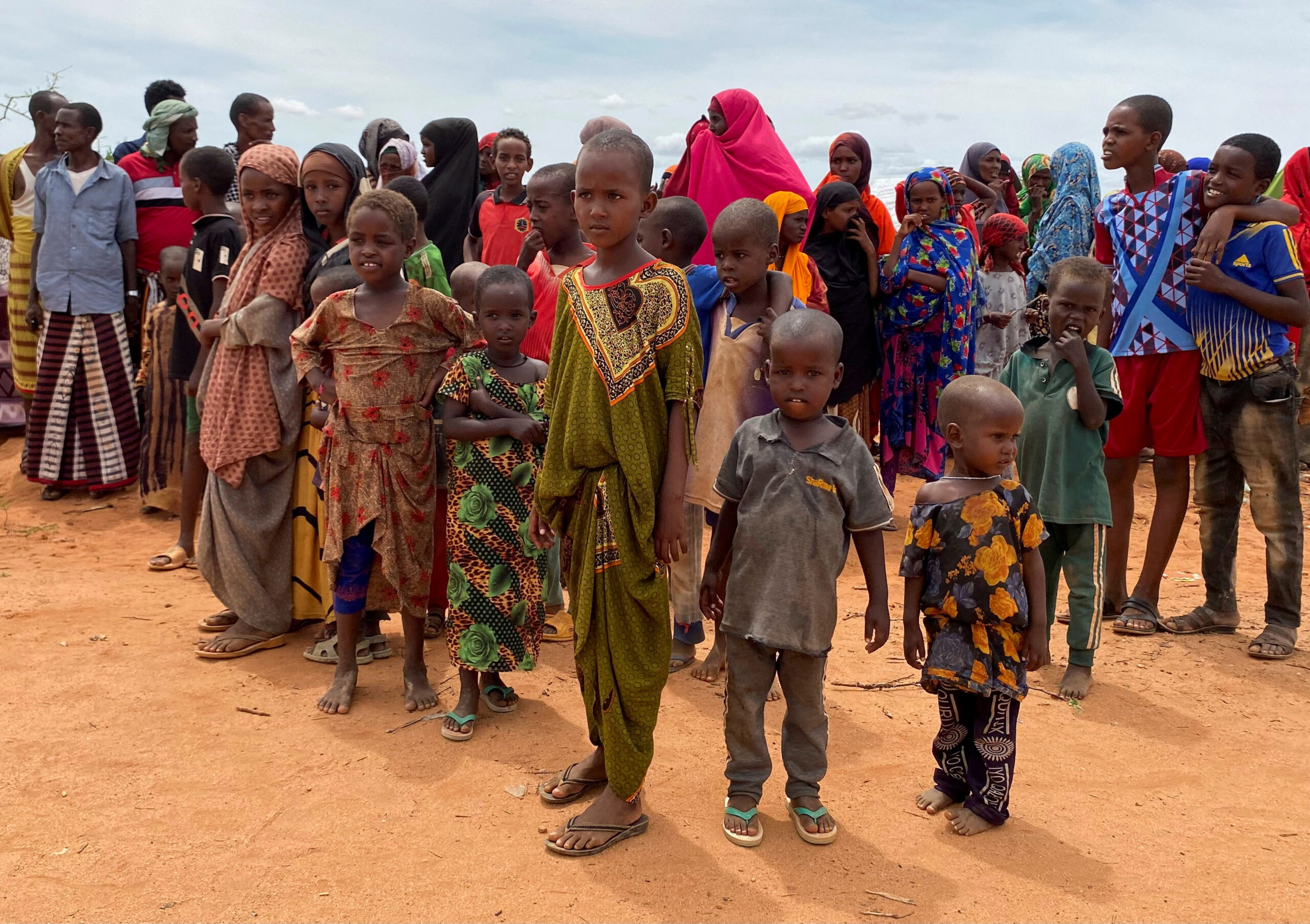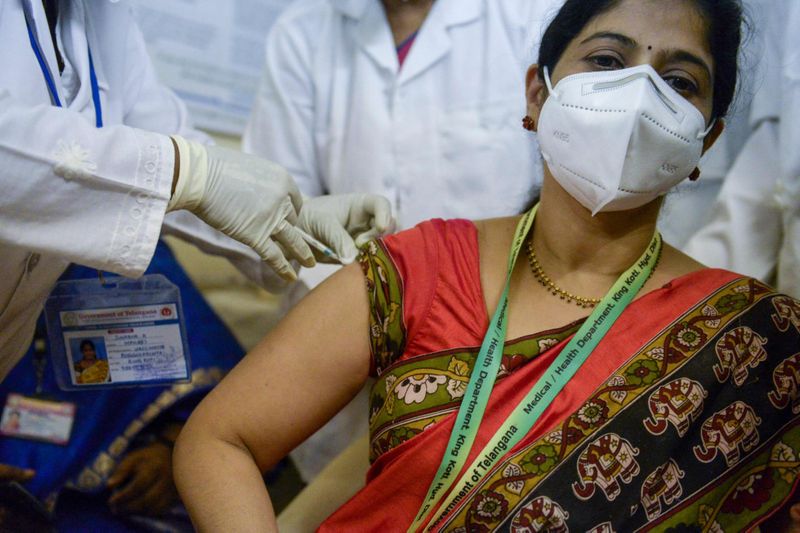Child refugees suffer accidents, beatings, rape on way to Sweden
Reuters
Around 700 refugee children are arriving every week without their parents in Sweden, many injured in accidents and some bearing the physical and psychological scars of beatings or rape by their smugglers.
Usually the minors, mainly teenage boys, complete their long journey from the Middle East, Africa and Asia by crossing the Oresund bridge from Denmark, and seek help in the first Swedish city they reach, Malmo.
Staff at a Malmo transit center, who care for unaccompanied children during their first few days in the country, describe how some arrive with head injuries or broken bones.
Often these are suffered when they fall from trucks on which they are trying to stow away. But the injuries can also be inflicted by the very smugglers that their parents have paid to take them to safety in northern Europe.
Some children, for example, suffer from hearing loss after they have been slapped over the ears during a journey which includes a lethally dangerous sea crossing to Europe on rafts or in boats, many of which are not seaworthy.
"We have also received many who came via Libya, including people who have been on the capsized boats," said the center\’s manager Kristina Rosen. One unaccompanied child saw his brother drown in the Mediterranean; staff at the center estimate more than half the children need psychological care at some point.
In proportion to its population, Sweden receives more asylum seekers than any other European nation and numbers are rising sharply, with many fleeing the civil war in Syria.
The country, which has welcomed refugees since the 1970s, also takes in around a third of all unaccompanied minors arriving in the European Union and their numbers are expected nearly to double this year to 12,000.
Officials say parents can often afford the cost of smuggling only one family member. So they send one child to Sweden, often to avoid recruitment as fighters by militant groups such as Islamic State, which has overrun large areas of Syria and Iraq, or Somalia\’s al-Shabaab.
Less than a third of the unaccompanied children are ever reunited with their parents.
Malmo, just 35 minutes from Copenhagen by train, is the main port of entry into Sweden for minors.
Some are found wandering on the city\’s streets by strangers who take them to the authorities. Others seek out police or social workers, or are dropped off by smugglers near the Migration Agency with directions to its offices.
By August, 9,383 unaccompanied children had applied for asylum in Sweden this year, up from 7,049 in all of 2014, with numbers accelerating sharply this summer. They were mainly from Afghanistan, Eritrea, Somalia and Syria, data from Sweden\’s Migration Agency showed, and most were boys.
Last year, 29 percent of unaccompanied minors seeking asylum in the EU came to Sweden, the agency says, putting the cost of care at 9.1 billion crowns ($1.1 billion) this year.
Children stay at the Malmo transit center for just a few days before they go to other centers around Sweden, or move in with foster families if they are very young.
Staff try to give the Malmo center the atmosphere of a home rather than an institution. Teenagers sit in what looks like a living room, playing computer games or browsing Facebook.
When one Syrian boy, who said he was 12, arrived at the center, he spoke very softly in basic English. He was wearing clean sweat pants and carrying a simple bag. Staff said the younger children often arrive by train.
But older children can come in a much worse shape, and are sometimes very dirty after hanging under a truck on the way to Sweden.
"What is most striking on their arrival is that they are extremely tired and extremely hungry. They eat endless amounts of food," Rosen said. Around 92 percent of the unaccompanied minors seeking asylum are between 13 and 17 years old.
With 40 to 50 children arriving each day, the town\’s resources are strained, Malmo Mayor Katrin Stjernfeldt Jammeh said, listing overcrowding and difficulties in recruiting staff.
Once settled, many do fairly well as they grow up. A Stockholm University study of minors who had arrived between 2003 and 2013 found that their employment rate was lower than the Swedish average. However, proportionately more had found work than refugee children who arrived with their parents.
SOURCE: REUTERS
[do_widget_area inner_adsbar]










